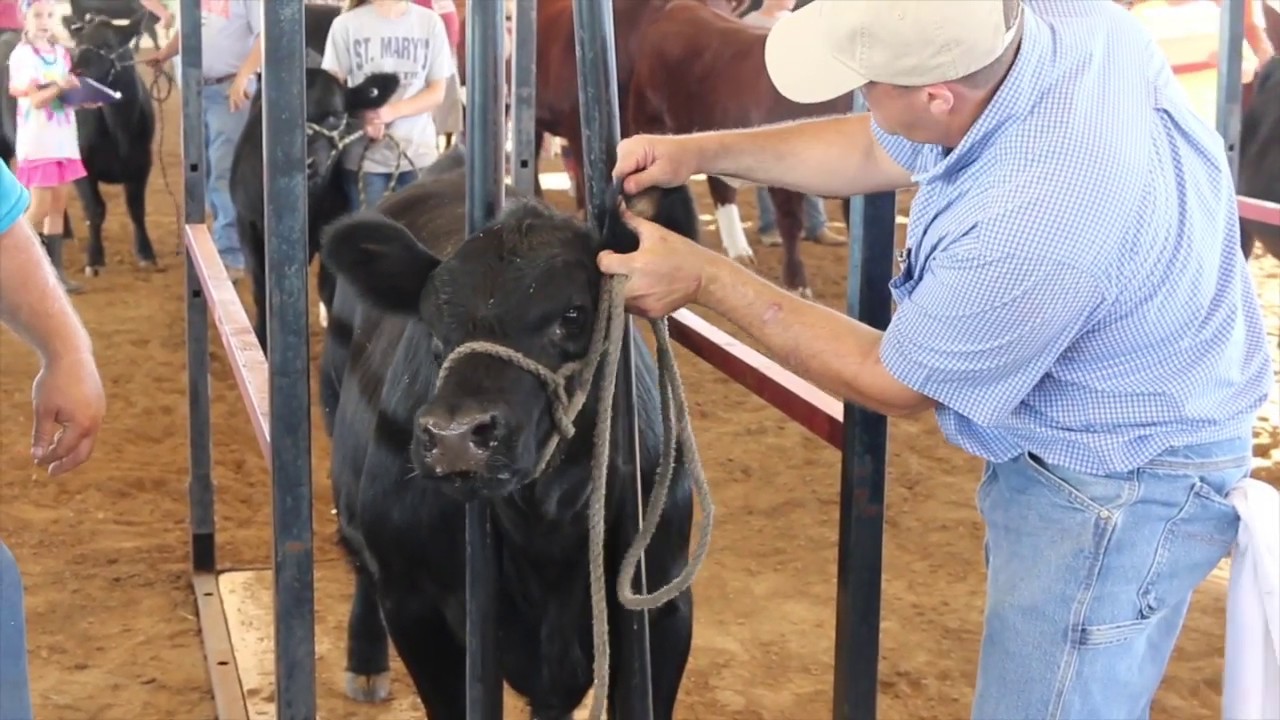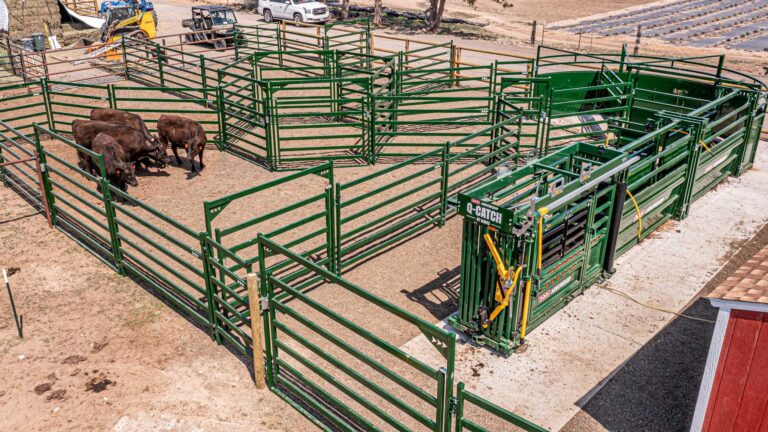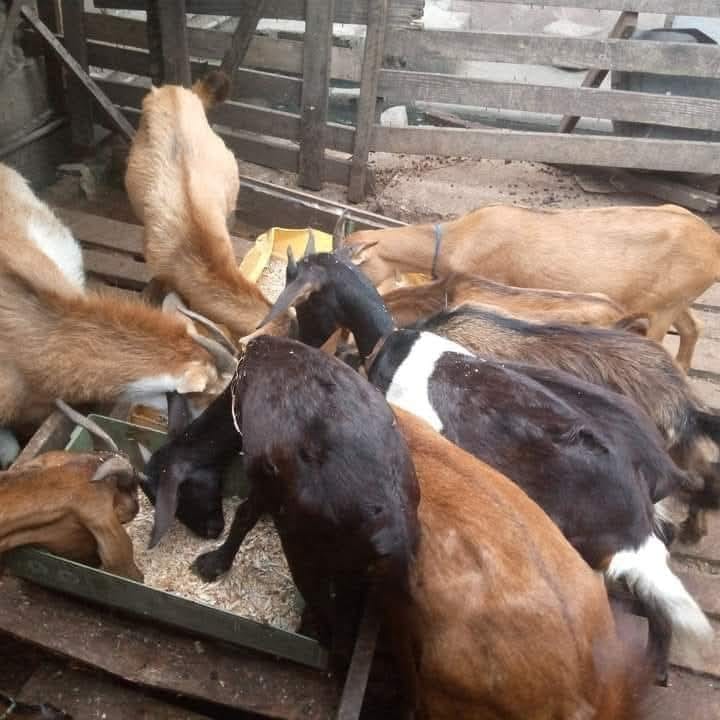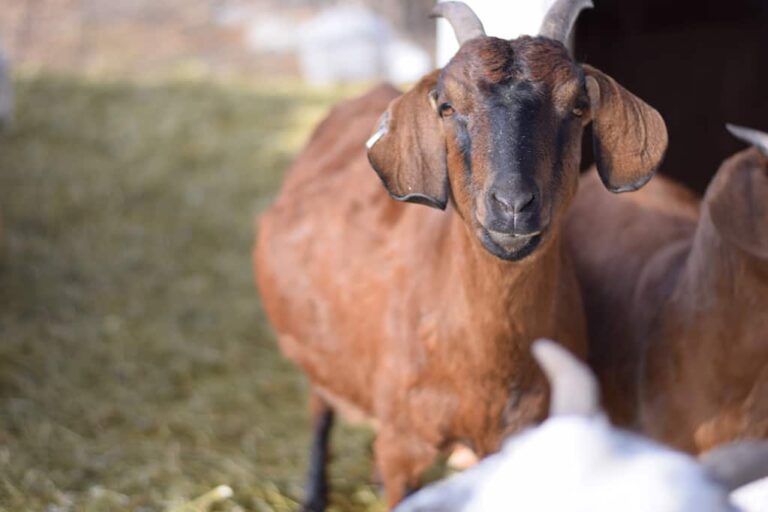Cattle behavior influences everything in farm management, from animal welfare to productivity and profitability. Understanding how cattle think, react, and interact with their environment can help farmers create systems that reduce stress, improve health, and boost efficiency.
This comprehensive guide explores cattle behavior, its impact on farm management, and practical strategies to optimize your operation.
Why You Need to Understand Your Cattle
Cattle are herd animals with instincts shaped by millennia of evolution, and their behavior reflects their need for safety, social structure, and resources. Misinterpreting or ignoring these behaviors can lead to stress, reduced weight gain, lower milk production, and even aggressive incidents.
Stress in cattle can decrease feed efficiency by up to 10%, directly impacting profitability. By contrast, farms that align management practices with cattle behavior see improved animal welfare and productivity. Take for example a small dairy farm I visited in Victoria, Australia, the farmer confided in me that calmer handling during milking increased daily yields by nearly 15%.
Understanding these behavioral cues allows farmers to make informed decisions that benefit both the cattle and the bottom line.
The Basics of Cattle Behavior
Cattle are prey animals, instinctively wired to detect and respond to potential threats. Their wide-set eyes provide a nearly 360-degree field of vision, making them highly sensitive to movement in their surroundings. This flight response means cattle are prone to startle at sudden changes, like loud noises or unfamiliar objects.
Socially, cattle thrive in hierarchical groups, with dominant animals establishing order through subtle gestures like head-butting or body positioning. I once observed a Hereford cow assert dominance by lowering her head to nudge a younger heifer away from a prime feeding spot.
Recognizing these natural instincts (flight response, social hierarchy, and environmental sensitivity) helps farmers design handling systems that minimize stress and promote harmony.
Flight Zone and Point of Balance
The concept of the flight zone, a cattle’s personal space bubble, is critical for effective handling.
The flight zone varies by breed and individual temperament, typically ranging from a few feet to over 20 feet in skittish cattle. Entering this zone prompts movement, while staying just outside allows calm guidance.
The point of balance, located at the animal’s shoulder, determines its direction of movement—if you stand behind the shoulder, the cow moves forward; in front, it reverses. On my farm, using the flight zone to guide cattle through chutes reduced loading time by 30% compared to forceful methods.
Farmers can practice low-stress handling by moving slowly and positioning themselves strategically to leverage these instincts.
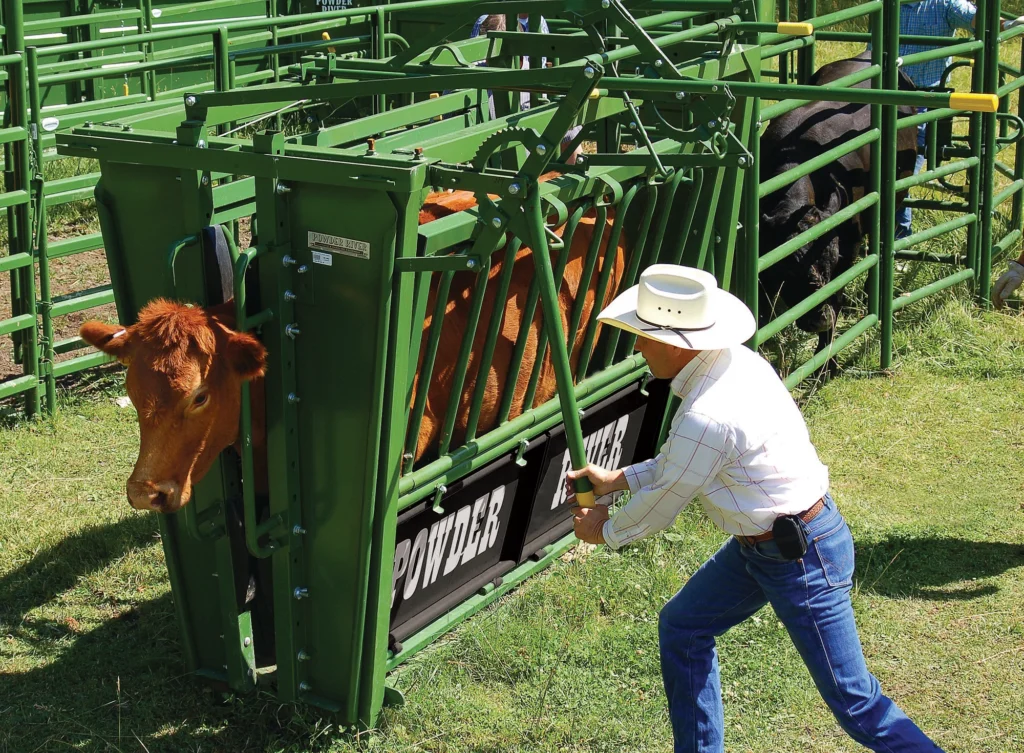
Social Dynamics and Herd Hierarchy
Cattle establish a pecking order within their herd, which influences feeding, resting, and mating behaviors. Dominant animals access resources first, while subordinate ones may face competition or displacement.
Overcrowding can intensify these dynamics, leading to stress and reduced growth rates in lower-ranking cattle. To manage this, ensure adequate space, at least 4 square meters per animal in feedlots to reduce aggression.
On a farm I advised in Kenya, separating a particularly dominant bull from younger steers eliminated frequent injuries during feeding.
Observing herd interactions and adjusting group composition or space allocation can maintain harmony and improve overall welfare.
Managing Aggressive Behaviors
While cattle are generally docile, aggressive behaviors like charging or head-butting can occur, especially in bulls or stressed cows. This aggression often stems from fear, pain, or hormonal changes, such as during calving or weaning. For instance, a dairy farmer I worked with in Ontario noticed increased aggression in Holstein cows after abrupt weaning, which was resolved by gradual separation over a week.
Providing enrichment, like scratching posts, and ensuring consistent handling routines can mitigate these behaviors.
Always approach cattle calmly, avoiding direct eye contact, which they may perceive as a threat, to maintain safety for both animals and handlers.
Environmental Influences on Cattle Behavior
The environment profoundly shapes cattle behavior, from pasture layout to weather conditions.
Cattle prefer predictable routines and familiar surroundings, as sudden changes can trigger stress responses.
Poor environmental design, like sharp corners in handling facilities, can cause balking or injuries. On my ranch, we redesigned our corrals with curved chutes after noticing cattle hesitating at right angles, improving flow by 25%.
Temperature also plays a role; cattle in hot climates, like Brahman breeds in tropical Africa, pant or seek shade to cope with heat stress, while cold-adapted breeds like Highlands may become lethargic in extreme cold.
Tailoring your farm’s infrastructure and management to your region’s climate and terrain ensures cattle remain comfortable and productive.
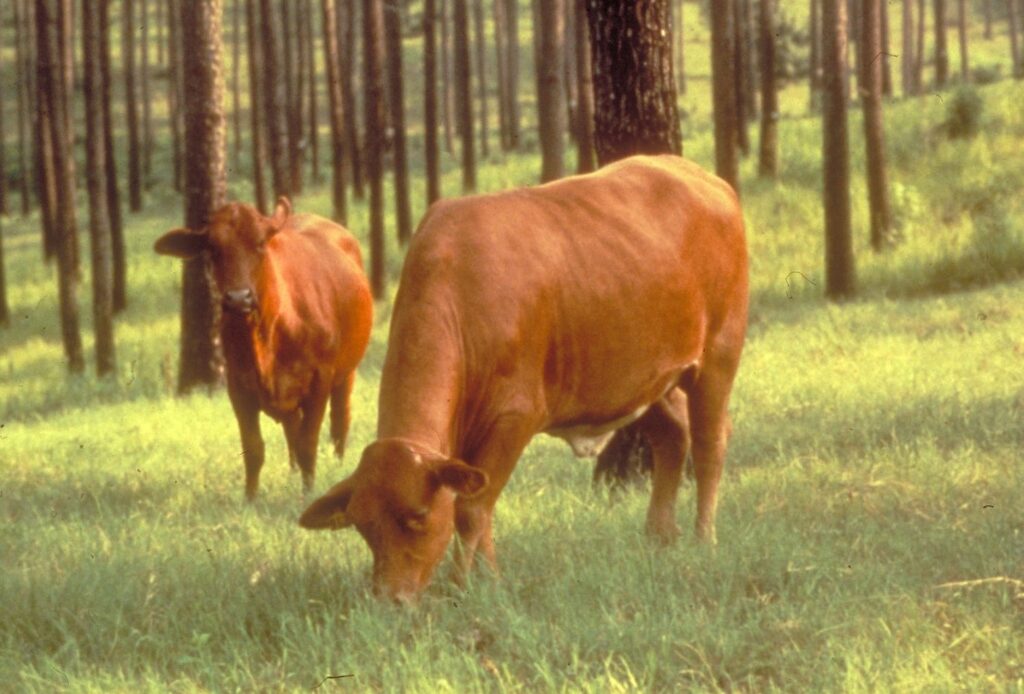
Feeding Behavior and Nutritional Management
Cattle feeding behavior is driven by their need for consistent access to quality forage or feed. They are ruminants. They spend 6–8 hours daily grazing or chewing cud.
Disruptions, like irregular feeding times or competition for feed, can lead to stress or digestive issues like acidosis. On a feedlot I consulted for in Texas, staggering feeding times for smaller groups reduced competition and improved weight gain.
Ensure feed bunks are accessible to all animals, with at least 60 cm of space per cow, and monitor for signs of bullying during feeding.
Aligning feeding schedules with natural grazing patterns supports healthy digestion and reduces behavioral issues.
Water Access and Behavior
Water is a critical in cattle behavior. Cattle drink 20–40 liters daily, depending on size and climate, and restricted access can cause stress or aggression. I recall a case in Queensland where a poorly placed water trough led to dominant cows monopolizing access, leaving others dehydrated.
Positioning multiple water points across pastures and checking them daily ensures all cattle stay hydrated, reducing competition and promoting calm behavior.
Clean, accessible water also supports digestion and overall health, directly impacting productivity.
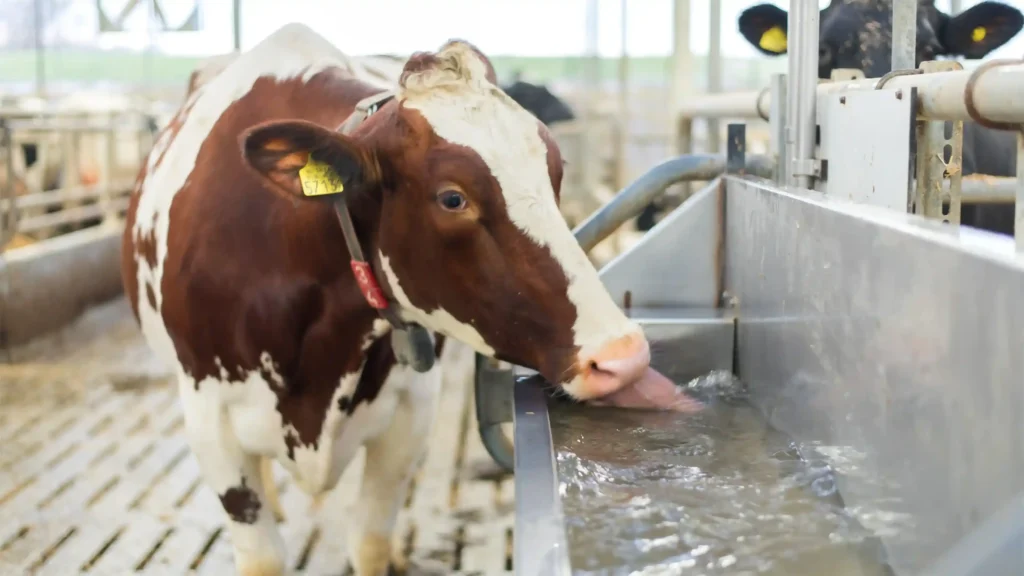
Handling and Training for Better Behavior
Low-stress handling is effective for cattle management, reducing injuries and improving cooperation. Temple Grandin, a renowned expert cited by the USDA, emphasizes moving cattle at a walk, using their flight zone and natural curiosity to guide them.
On my farm, for example, we trained our herd to associate a whistle with feeding time, making it easier to move them to new pastures without stress.
Regular handling from a young age, like walking calves through chutes, desensitizes them to human interaction and facilities.
Avoid yelling or using electric prods, as these can elevate stress hormones, reducing meat quality in beef cattle or milk yield in dairy cows.
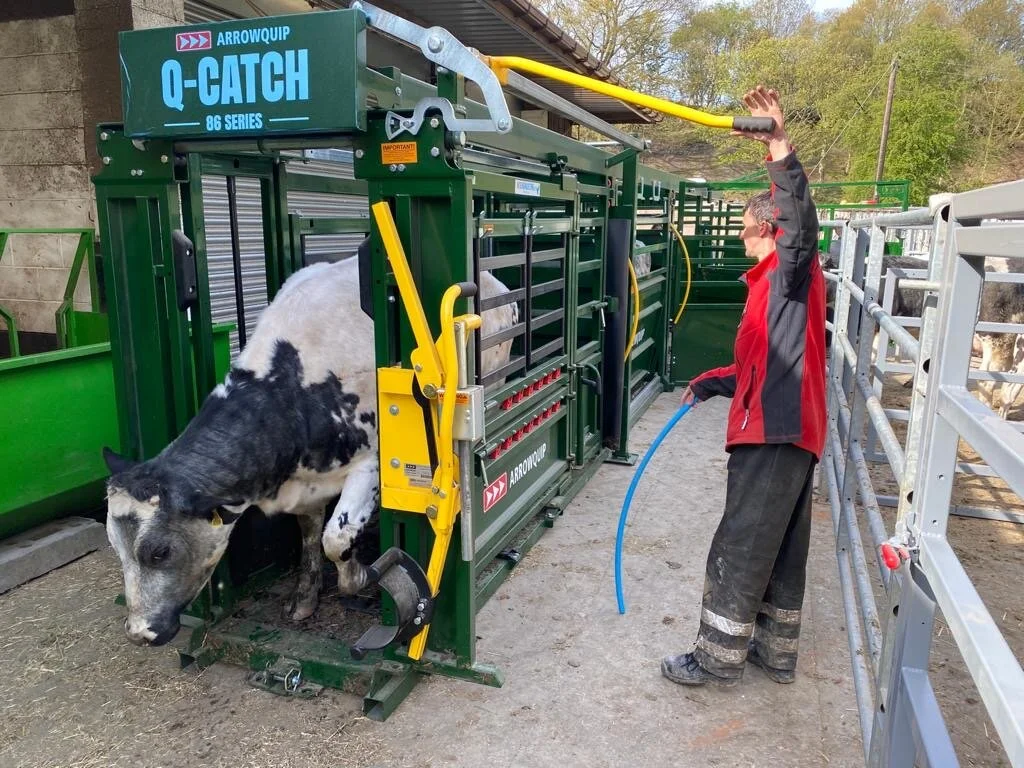
Health and Stress Indicators
Monitoring cattle behavior for signs of stress or illness is vital for early intervention. Common indicators include excessive vocalization, reduced feeding, or isolation from the herd. Lame cattle may limp or stand less, signaling pain that requires immediate attention.
On a colleague’s ranch, we caught an early outbreak of bovine respiratory disease by noticing increased panting and lethargy in our calves, allowing prompt treatment that saved the herd. Regular observation, combined with veterinary checkups, ensures health issues like this are addressed before they escalate.
Practical Applications for Different Farm Systems
Whether you run a free-range beef operation or an intensive dairy farm, understanding cattle behavior tailors your management approach.
In free-range systems, like those common in Australian outback ranches, allowing cattle to express natural grazing behaviors over large areas reduces stress and supports weight gain.
In contrast, intensive dairy farms, such as those in Wisconsin, benefit from structured routines and ergonomic milking parlors to keep cows calm during frequent handling.
Smallholder farmers in East Africa use mixed systems, combining pasture grazing with supplemental feeding, to balance behavior and resource constraints.
Adapting practices to your farm’s scale and goals, while respecting cattle instincts, maximizes efficiency and animal welfare.
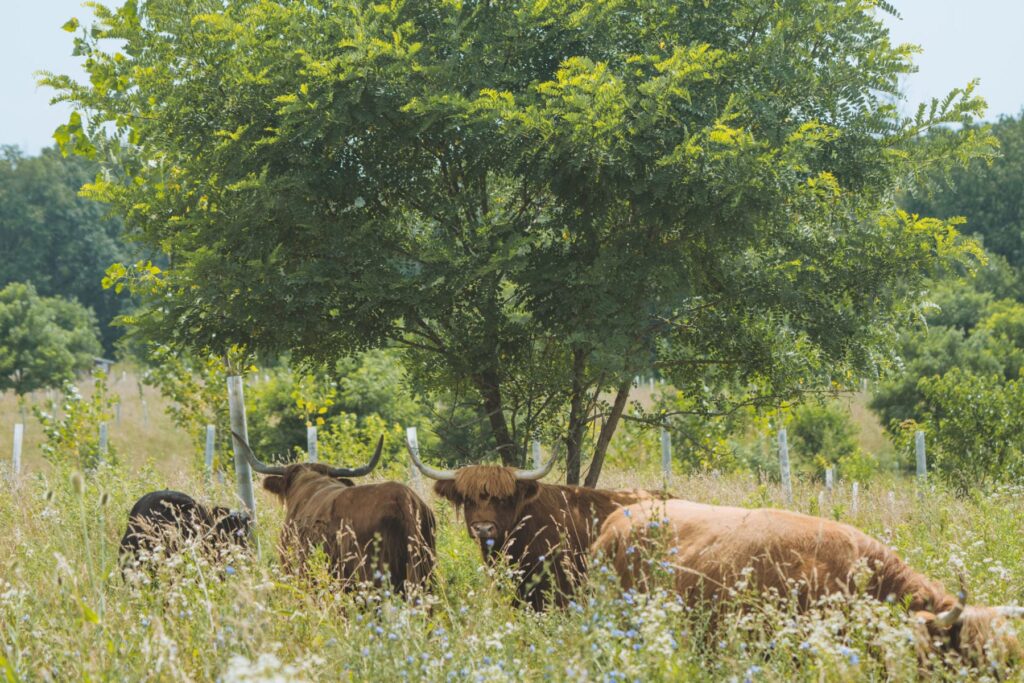
Wrapping Up
Understanding cattle behavior for effective management is about aligning your farm’s practices with the animals’ natural instincts. You need to respect their flight zones, social hierarchies, and environmental needs, to reduce stress, enhance productivity, and improve welfare.
FAQ: Understanding Cattle Behavior
What is the flight zone in cattle?
The flight zone is the personal space around a cow where it feels safe. Entering this zone prompts movement, while staying outside allows calm guidance. Using the flight zone effectively reduces stress during handling.
How can I reduce aggression in my herd?
Provide ample space, consistent routines, and enrichment like scratching posts. Gradual weaning and monitoring for pain or hormonal triggers minimize aggressive behaviors.
Why do my cattle balk at corners?
Sharp corners in handling facilities can startle cattle due to their wide vision and flight response. Using curved chutes can improve flow and reduce stress.
How does environment affect cattle behavior?
Cattle prefer predictable, comfortable environments. Poorly designed facilities or extreme weather can cause stress, while shade, ample water, and smooth handling systems promote calm behavior.
What are signs of stress in cattle?
Excessive vocalization, reduced feeding, or isolation indicate stress. Regular observation and veterinary checks can catch issues early, ensuring herd health.
Related:

